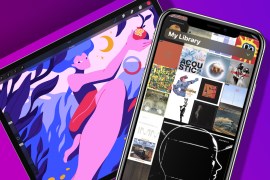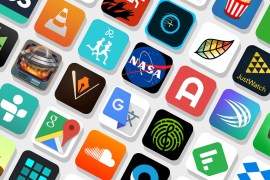The classic Blackberry is back – and it’s coming in February
Meet the Mercury, a new kind of tap-and-type Android
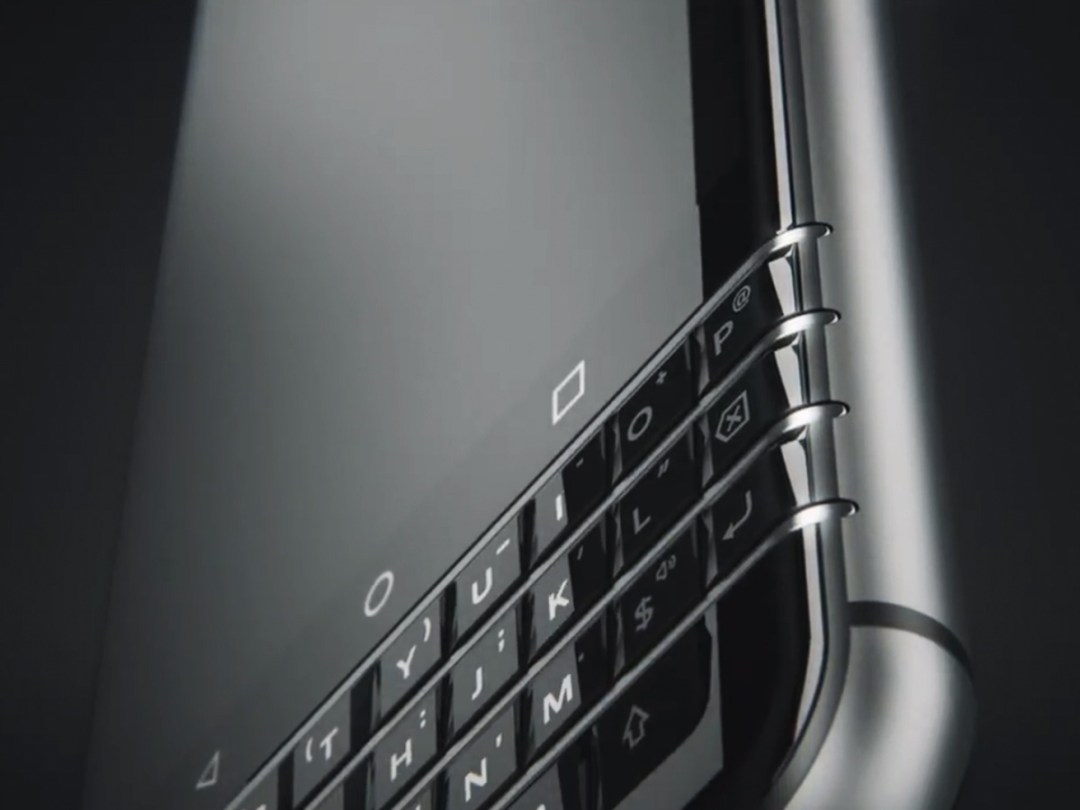
We know, we know: Blackberry reboots seem to roll around more regularly than sales at sofa stores.
This one, though, is a little bit different. It’s the first portrait Blackberry device to offer both a touchscreen and a physical keyboard, without being a slider.
In fact, it channels a host of the Blackberry handsets of old in its design, while relying on a skinned Android Nougat build to bring its OS up to date. There are hard edges, clicky keys and an almost-rugged build.
Why, though, should this phone succeed where the likes of the Priv and the DTEK 50 stuttered – and arguably failed – before?
Stellar specs, better build
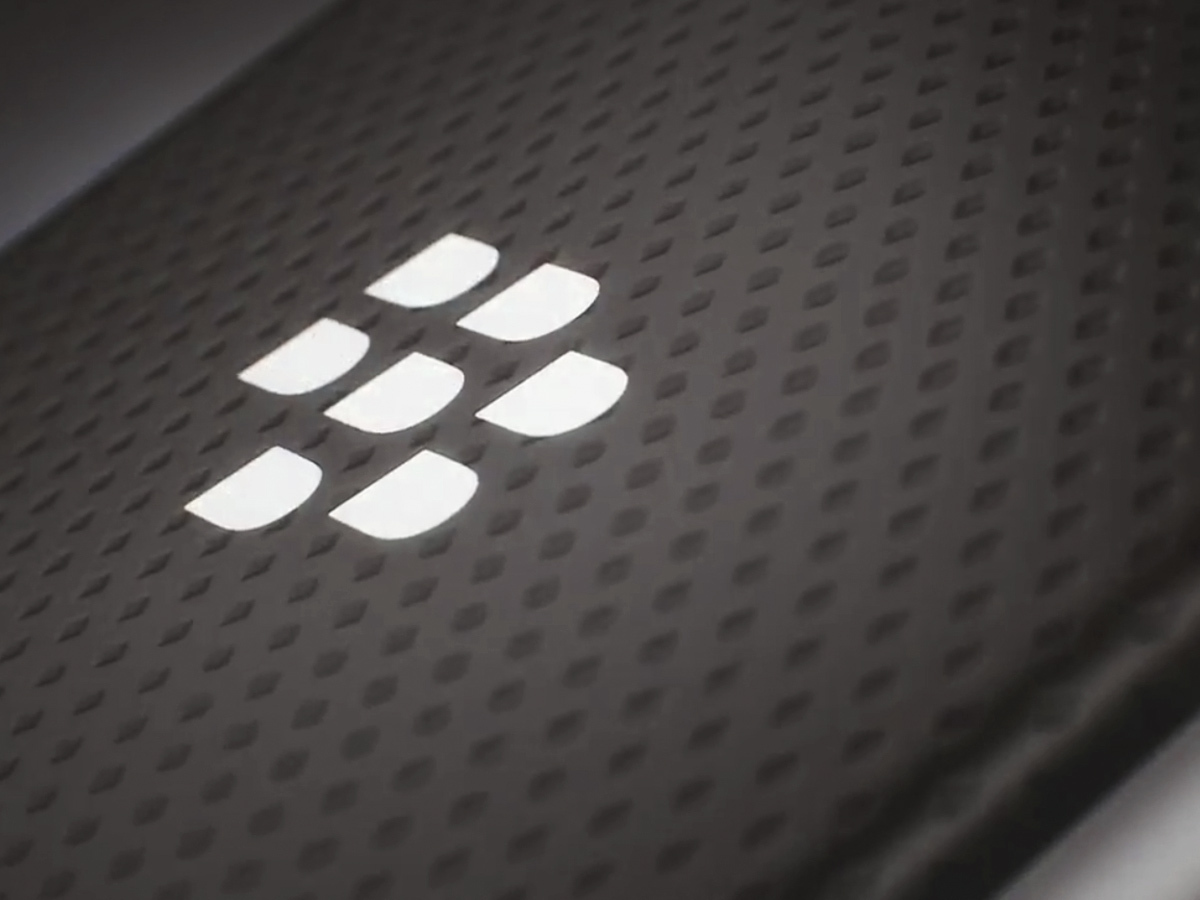
Well there are the specs to start with: various sources have indicated that it’ll carry the octa-core Snapdragon 625 chip previously seen in the Huawei Nova, which was snappy – and mercifully managed to avoid a repeat of the 617’s overheating issues.
That chip is penned to be paired with 3GB RAM to power a 4.5in Full HD touchscreen, which seems like it should be plenty capable enough to harness the best of what Android Nougat has to offer – provided it’s not too heavily skinned.
Like Blackberries of old, it’ll be secure, too. Sort of. As with the DTEK 50, the Mercury – or DTEK 70 – will also offer up the DTEK app to keep things safe, showing you how apps are accessing your data and offering up nifty password management tricks.
It’s also meant to feel a whole lot nicer than recent Blackberry efforts. A very limited few were given the chance to get hands-on with a pre-production device at CES – and most agreed that the Mercury channelled the distinct, angular styling that made previous devices stand out from the raft of black rectangles on the market.
How to master… › Android Nougat
QWERTY you want?
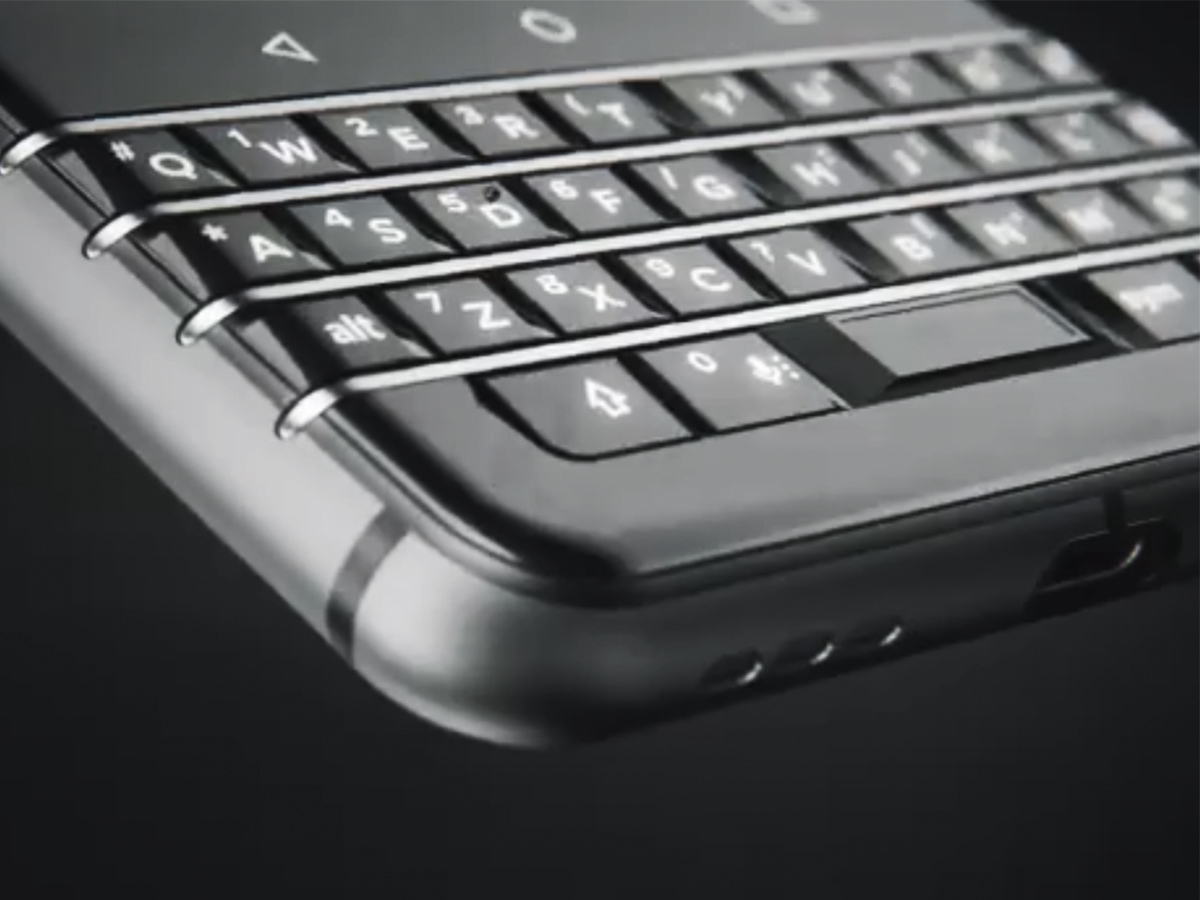
And, of course, there’s the full, always-there physical QWERTY keyboard which was for so long the signature feature of the Blackberry.
Is there still a market for physical keys when touchscreens are so quick? That question has never been distinctly answered – not least given the raft of other woes that beset the Priv – but Blackberry will be hoping the answer is yes.
That keyboard is rumoured to do double duty as a touchpad, too, as we saw on the Passport, while the space-bar will hide a fingerprint reader for that all-important biometric security.
How the two input methods will interact – particularly when oddly broken in the middle by on-screen Android buttons – remains to be seen, but if there’s one thing we’ve learnt from its previous few efforts, it’s that Blackberry isn’t afraid to take risks.
The one before › Blackberry DTEK 50 review
Proof of identity
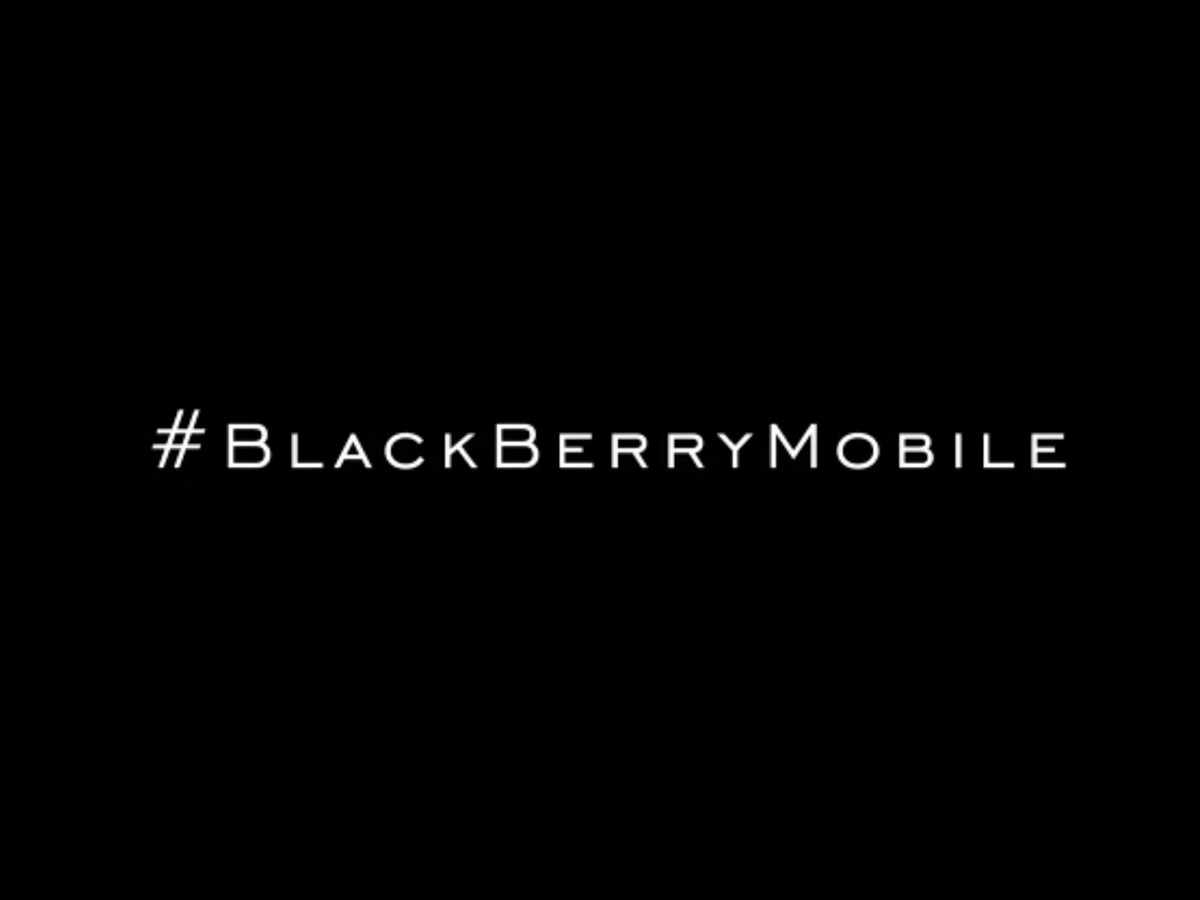
Who do we mean by Blackberry, though? See, Blackberry is no longer Blackberry, which makes the Mercury even more interesting. Blackberry as a manufacturer designed the Mercury and will provide the software that will skin its Android Nougat OS when it launches at the end of February, but the phone will be manufactured by TCL – a Chinese company that’s previously partnered with Alcatel.
Why is that interesting? Because it means the Mercury could be make or break. The original Blackberry company is now software-only, having ditched its hardware efforts. Whether the brand’s devices – licensed or otherwise – will survive might very much depend on how the Mercury performs.
There’s no pricing information available yet, but with a 25 February launch date all-but-confirmed – to coincide with MWC 2017 – it looks increasingly likely that the Mercury will be pitched towards the premium end of the market, looking to deliver build quality, a unique design and secure performance in an attempt steal customers away from the mainstream.

